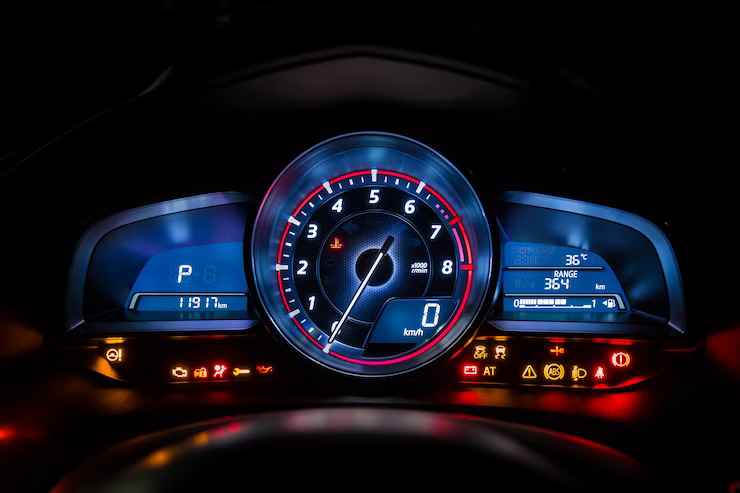The Malfunction Indicator Lamp (MIL), also known as the Check Engine Light, is one of the most important warning lights on a vehicle’s dashboard. When the MIL illuminates, it indicates that the vehicle’s onboard diagnostic system has detected a potential issue with the engine or emissions system. While the MIL can be triggered by a wide range of problems, it is crucial to address the underlying cause promptly to prevent further damage and ensure optimal vehicle performance. In this article, we will discuss some common triggers of the Malfunction Indicator Lamp and potential solutions.
Common Triggers of the Malfunction Indicator Lamp:
- Oxygen Sensor (O2) Malfunction: The O2 sensor monitors the oxygen levels in the exhaust gases to ensure proper fuel-air mixture. A faulty sensor can trigger the MIL. Solution: The O2 sensor may need to be replaced to restore proper functionality.
- Loose or Faulty Gas Cap: A loose, damaged, or missing gas cap can cause fuel vapor leaks and trigger the MIL. Solution: Check the gas cap and ensure it is tightly secured. Replace a damaged or missing cap.
- Catalytic Converter Issues: A failing catalytic converter can trigger the MIL due to decreased efficiency or improper emissions. Solution: A qualified mechanic should diagnose and replace the faulty catalytic converter if necessary.
- Mass Airflow Sensor (MAF) Problems: The MAF sensor measures the amount of air entering the engine. If it malfunctions or gets dirty, it can trigger the MIL. Solution: Cleaning or replacing the MAF sensor may be required to resolve the issue.
- Faulty Ignition System: Issues with spark plugs, ignition coils, or the ignition control module can trigger the MIL. Solution: A comprehensive inspection of the ignition system should be conducted, and any faulty components should be repaired or replaced.
- Emission Control System Problems: Malfunctions in various emission control components, such as the EGR valve, EVAP system, or oxygen sensors, can trigger the MIL. Solution: Thorough diagnostics by a professional technician is necessary to identify the specific component causing the issue.
- Faulty Sensors or Wiring: Any malfunctioning sensors or wiring issues related to the engine management system can trigger the MIL. Solution: Inspecting and repairing or replacing the faulty sensors or wiring is required to resolve the problem.
Responding to the Malfunction Indicator Lamp:
- Check for Immediate Issues: If the MIL illuminates but the vehicle is running smoothly without any noticeable problems, you can continue driving but should have the issue addressed as soon as possible.
- Tighten the Gas Cap: If the MIL is triggered by a loose gas cap, tightening it may resolve the issue. The light should go off after a few driving cycles.
- Diagnose the Problem: If the MIL remains illuminated or if the vehicle shows signs of performance issues, it is essential to have the vehicle inspected by a qualified mechanic. They will use diagnostic tools to identify the specific cause of the issue.
- Address the Underlying Problem: Once the cause of the MIL is determined, appropriate repairs or component replacements should be carried out to rectify the problem and reset the MIL.
It is important not to ignore the Malfunction Indicator Lamp, as it could indicate a significant problem that, if left unaddressed, may lead to further damage or decreased fuel efficiency. Regular vehicle maintenance, including timely oil changes and inspections, can help prevent some common issues that trigger the MIL. Remember, the MIL is a valuable warning system that helps maintain the health and performance of your vehicle’s engine and emissions system.











